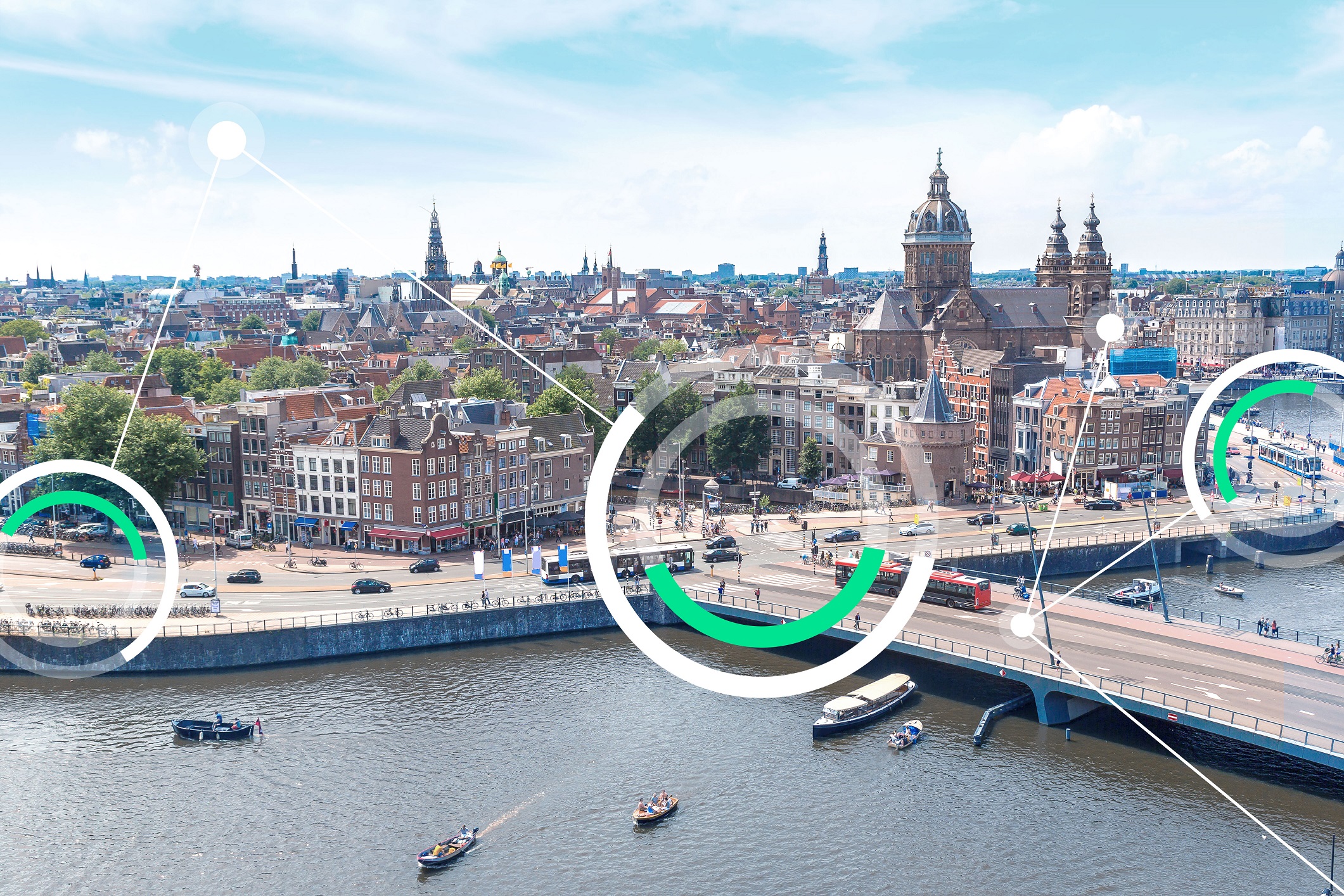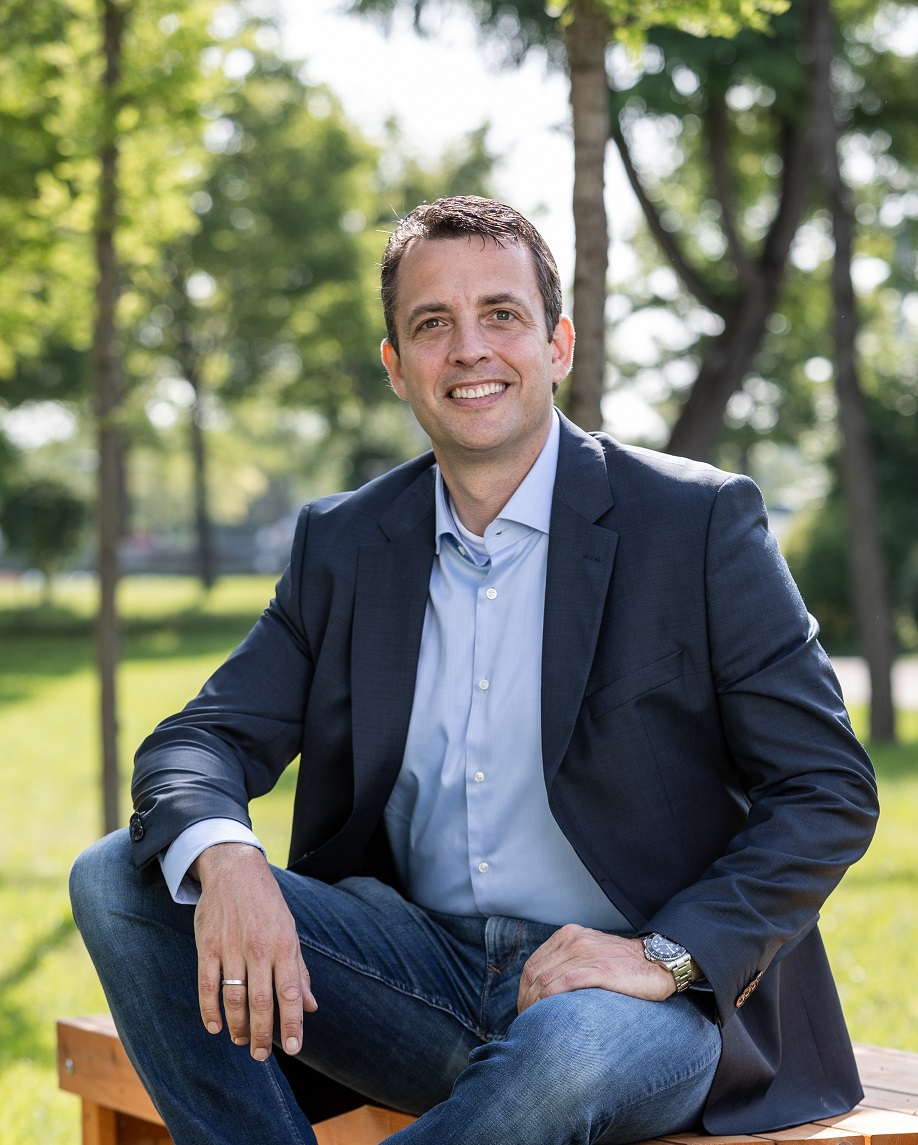
Traffic jams, slow traffic, accidents - that is the reality on our roads. Everyone is talking about how we will be able to avoid all of this in the future with autonomous driving. We constantly hear about the technological innovations being developed in vehicles for this purpose.
But one key thing is too often forgotten: if our roads do not communicate with road users, the technology in the car is worthless.
We all want the greatest possible mobility, which is safe and climate-friendly. At the moment, we are still in the driver’s seat. Literally. In a few years, however, our cars will do the driving for us. By then, at the absolute latest, our roads must be able to communicate.
Many cars are already intelligent enough and equipped with the appropriate technology. They could already be interacting with their environment to a significant extent - if we let them.
How can we benefit from V2X?
After all, how can we even benefit from smart cars if the roads remain dumb? Vehicle to Everything (V2X) is the technology that allows road users to talk to each other and to the traffic infrastructure. If we want to drive autonomously, our cities, country roads and motorways must be equipped accordingly.
However, we are wrong if we think that we can postpone equipping our roads and transforming our living environments into smart cities until the point where V2X becomes standard on our roads.
The technical and technological prerequisites for making mobility climate-friendly, safe, efficient and flexible have long been in place. All road users have long been able to benefit from this. We just have to think about the existing innovative concepts and technologies for the infrastructure when planning new traffic routes. And, retrofit both older vehicles and an existing road infrastructure with the simple, existing means.
Connection and digitisation make roads safer. Today and tomorrow.
For the smart mobility of the future, but moreover also for traffic today, the transport ecosystems and their users must be connected to make an exchange between them possible. Intelligent traffic light switching, networked parking spaces, flexible street signs – smart infrastructure is already communicating with other road users via roadside units (RSU).
The RSU, a radio module attached to street signs, bridges, traffic lights or mobile construction site trailers, is able to exchange signals with road users, i.e. to both send and receive them.
The RSU “speaks” with the on-board units (OBU) in vehicles and “guides” road users. Vehicles report their current position, direction of travel and speed via the OBU, their navigation device or other software devices. The RSU receives the information and reports it to the traffic management system, which ensures that traffic flows safely: It assigns traffic lights to green or red phases or communicates the best possible speed in the current situation via digital traffic signs or information directly into the vehicle.
Smart infrastructure saves lives
Let's set up communication with cars, other vehicles and the road infrastructure and control it via a central traffic management system: ambulances and fire brigades can drive through intersections because they are recognised by the infrastructure.

Smart roads save lives. They also protect the most vulnerable in road traffic: those who are on foot or in a wheelchair are often overlooked, as are cyclists and children. Detectors on traffic lights or in the ground can recognise them and tell the vehicles that special caution is required here.
But, we can not only guarantee the safety of road users and climate protection by avoiding traffic jams and emissions if we digitise our roads. We have to understand that if we carry on like this, there is a risk of traffic chaos: coordination, monitoring and maintenance of the existing infrastructure are no longer sufficient. The technology for flexible, safe and sustainable mobility is available. The right time to make our streets smart is now.











